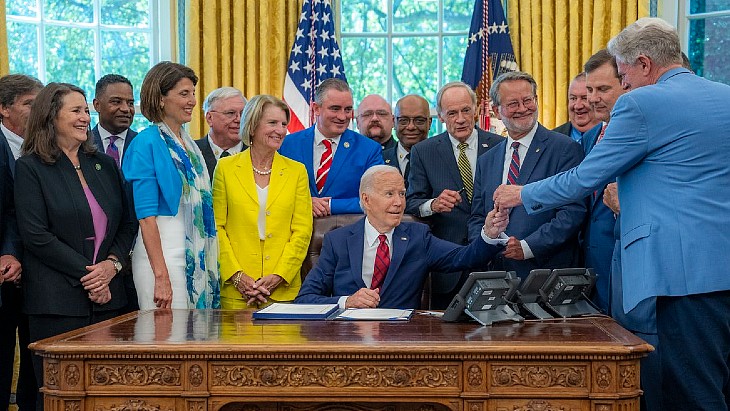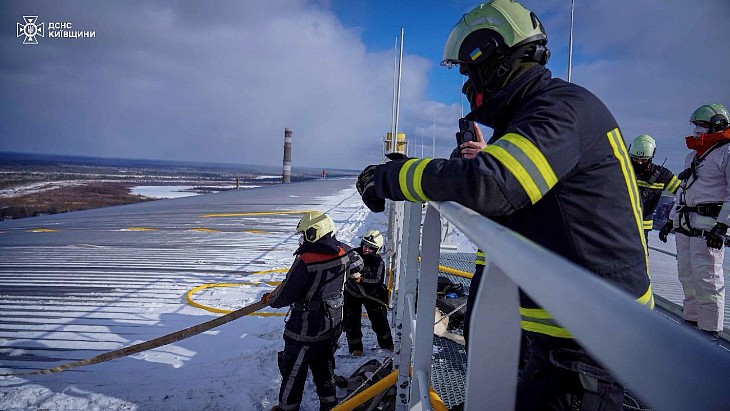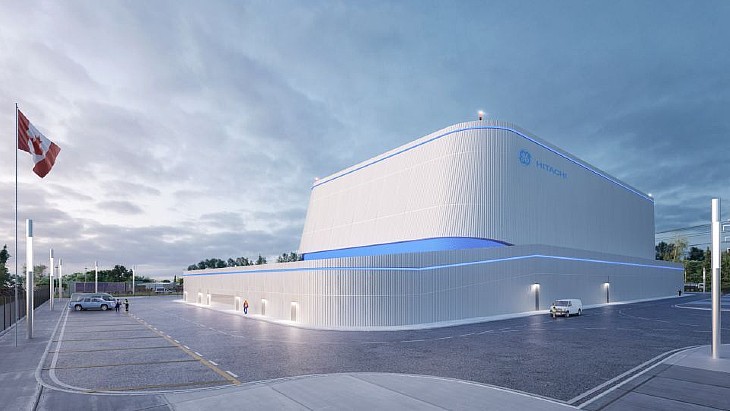Release of second batch of Fukushima water begins
.jpg)
At the Fukushima Daiichi site, contaminated water - in part used to cool melted nuclear fuel - is treated by the Advanced Liquid Processing System (ALPS), which removes most of the radioactive contamination, with the exception of tritium. This treated water is currently stored in more than 1000 tanks on site. The total tank storage capacity amounts to about 1.37 million cubic metres and all the tanks are expected to reach full capacity in late 2023 or early 2024.
Japan announced in April 2021 it planned to discharge treated water stored at the site into the sea in batches over a period of about 30 years. Tepco began the discharge of the first batch of treated water on 24 August this year. About 7800 cubic metres of water was discharged during the first release.
The company announced that at 10.18am on 5 October it started up the seawater transfer pumps, which marked the commencement of the discharge of the second batch of water into the sea.
This discharge will continue for about the next 17 days, it said. The tritium concentration of the treated water is around 140,000 becquerels per litre, Tepco noted, meaning that a total of 1.1 trillion Bq of tritium would be released from the plant over the second discharge period.
"During the discharge period, water samples will be taken from the seawater pipes to confirm that tritium is being suitably diluted," Tepco said. "In addition, in order to confirm that the tritium concentration is less than the discharge suspension level (700 Bq/litre) and the investigation level (350 Bq/litre), we will continue to take seawater samples daily from ten locations within 3km of the power station and perform seawater tritium analyses with an increased detection limit of approximately 10 Bq/litre."
The tritium concentration in the second batch of diluted ALPS treated water is far below Japan's operational limit, International Atomic Energy Agency (IAEA) experts present at the site confirmed.
Just as they did before the discharge of the first batch, IAEA experts stationed at the Fukushima Daiichi plant took samples from the second batch of diluted water on 3 October, after it was prepared for discharge. The IAEA's independent on-site analysis confirmed that the tritium concentration in the diluted water that is being discharged is far below the operational limit of 1500 Bq/litre.
The IAEA has been collecting marine samples in the waters off Fukushima over the past decade, following a request by the Japanese government to assist it in ensuring that its sea area monitoring - conducted since the accident in 2011 - maintains a high quality, and is credible and transparent. The project is a follow-up activity to recommendations made on marine monitoring in a report by the IAEA in 2013 related to the decommissioning of the Fukushima Daiichi plant.
The IAEA will have a presence on site for as long as the treated water is released.









_88592.jpg)
_66488.jpg)

